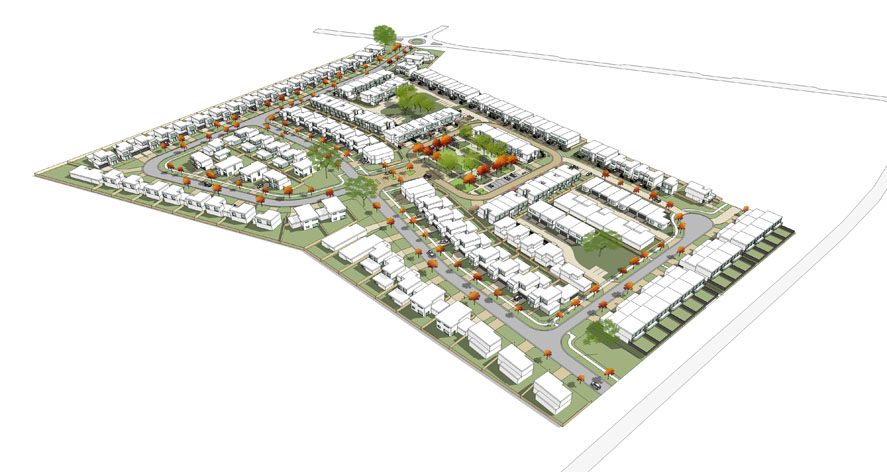Subdivisions & Consolidation

Subdivision of Land: Subdivision is the process of dividing a larger parcel of land into smaller, individual lots or parcels. This can involve creating new boundaries, roads, and utilities to facilitate the development of the land for residential, commercial, or industrial purposes. Subdivision is typically subject to local planning and zoning regulations, and may require approval from relevant government agencies or local authorities.
Process - There are usually 3 phases involved when subdividing a block of land:
- Engage a Surveyor – Once you’ve decided to subdivide your land, the next crucial step is to engage a qualified surveyor. The surveyor is responsible for obtaining a subdivision permit and preparing the proposed plans in compliance with local regulations. They will guide you through the council application process and obtain necessary approvals from the council and other relevant referral authorities. If you’re working with a town planner, they often have trusted surveyors they can refer you to, simplifying the process.
- Obtaining Authority Approval and Council Certification – Once you engage a surveyor and prepare the proposed plans, the next step is to obtain approval from the council and other relevant authorities for the subdivision to proceed. Apart from the council, other authorities, such as VicRoads, water authority, gas, electricity, and phone bodies, may also have a say in the process. These authorities may impose conditions on the subdivision application that need to be fulfilled before a certificate of compliance is granted, allowing you to create new titles for the subdivided lots. It’s important to carefully follow the requirements and conditions set by these authorities to ensure a successful subdivision process.
- Register Subdivision at Title Office – After obtaining the necessary approvals from the council and relevant authorities, the final step in the subdivision process is to engage We Know Conveyancing to register the plan of subdivision at the title office, resulting in the creation of new titles. Our team plays a crucial role in this step to bring the process to completion.Our responsibilities include drafting the appropriate title office paperwork required for creating the new titles and owners corporations, if applicable, especially in case of shared property. If there is an existing mortgage on your title, we will also seek permission from your bank to register the subdivisions and make the parent title available to us for further subdivision. Our experienced conveyancers will handle the necessary paperwork and coordination with relevant parties to ensure the smooth registration of the subdivision, as per the approved plan.
Partition Agreement: A partition agreement is a legal document that outlines the division of subdivided property among co-owners. When prepared correctly, it can help avoid or minimize the amount of stamp duty payable on the transfer of the property.
A partition agreement is typically entered into after the settlement or subdivision of a property is complete, with the aim of avoiding or minimizing the amount of stamp duty payable on the transfer.
We Know Conveyancing has the expertise to prepare a partition agreement for you and help saving the stamp duty.
Consolidation of Land: Consolidation is the process of merging two or more adjacent parcels of land into a single, larger parcel. This can involve redrawing boundaries, merging titles, and updating legal descriptions to create a unified and larger parcel of land. Consolidation is often done to simplify ownership, resolve boundary disputes, or combine smaller parcels into a larger tract for more efficient land management or development.
